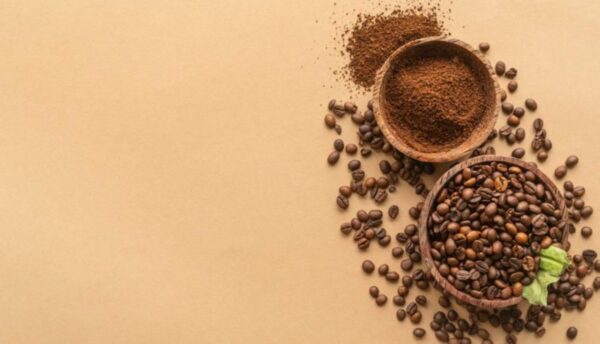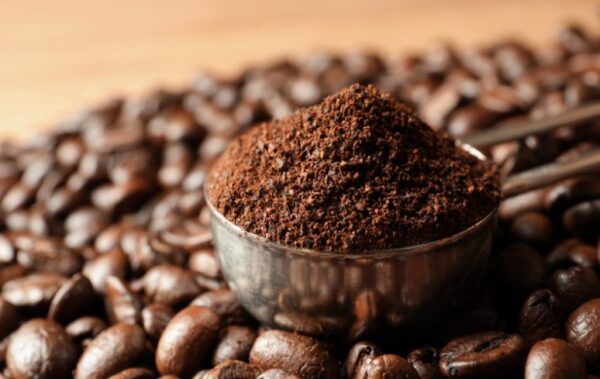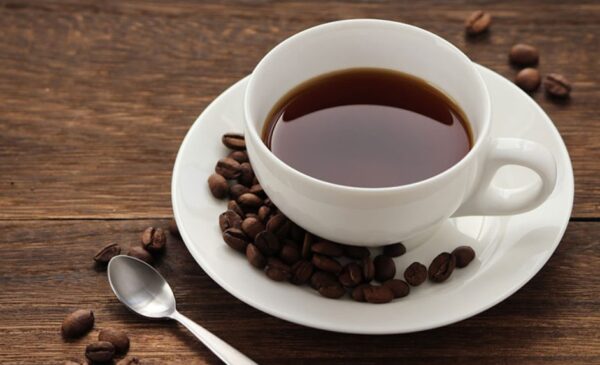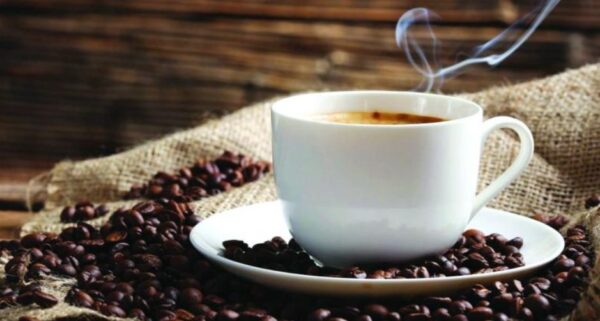Lifestyle
5 ways your brewing method affects the caffeine in coffee
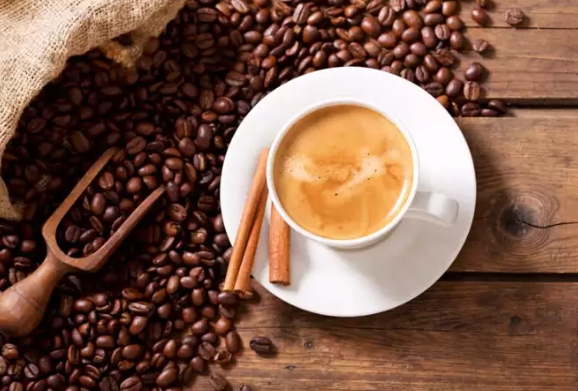
We often feel that a particular type of coffee wakes us up more than the others. Well, there is a science behind it. There are numerous factors that influence the taste, aroma and efficacy of coffee.
Apart from that, the caffeine content in coffee also depends on coffee sourced from different altitudes, brewing techniques to name a few.
A lot has been explored about flavour profiles, roast kinds, provenance, bean and grind consistency across the market and industry.
In this article, we intend to explore the various brewing methods that influence the caffeine content in your coffee.
1. Espresso machine
When someone needs a caffeine boost to get through the day, an espresso shot is something people often rely on. However, because of the smaller serving size, it actually contains less caffeine than a conventional cup of coffee. The amount of caffeine in a single 1 oz. shot of espresso from a coffee maker ranges from 30 to 50 mg. So if you need a caffeine boost, go for a double espresso shot.
2. Filter coffee
Pour-over and drip coffee methods are the two most common ways to make filter coffee. To ensure that coffee tastes are gradually released as water runs through the grounds, these techniques call for medium- to fine-ground coffee. The amount of caffeine in a regular cup of coffee made with the filter coffee method ranges from 60 to 100 mg. Keep in mind that more caffeine will be extracted from finer grounds and hotter water, due to over extraction, which will produce a harsh and bitter flavour.
3. Cold brew
The temperature of the water has a significant role to play in the extraction process. As cold brew is an under-extraction technique, you only extract 75 to 80 percent of what you would with a hot brew while using a cold brew approach. In order to compensate for a slightly lower temperature in a cold brew, it is advised to extend the brewing time and refrain from using an extremely small grind size. Usually milk or water is added to the cold brew in order to reduce the caffeine concentration.
4. French press
In spite of being an immersion method and using very hot water, you shouldn’t expect very high extractions while using the French Press brewing technique. The extraction process is mainly affected by two factors, the water temperature and the coarseness of the ground coffee. Since in the French Press technique, the coffee ground is coarse and not fine, the extraction is not optimum. But if you use a finely ground coffee your cup would consequently contain a lot of coffee grounds which you definitely want to avoid.
5. Aeropress
The AeroPress is a manual coffee brewing tool that was developed in America in 2005. Since then, it has been a favourite among coffee drinkers because it produces the richest and smoothest brews. It makes a cup of strong, smooth coffee when you push down on a plastic plunger that is packed with coffee grounds and around 225 ml of hot water. This is basically why it’s called an aeropress. Typically, it is more potent than regular coffee. Caffeine content per cup in an AeroPress coffee ranges from 50 to 70 mg.


